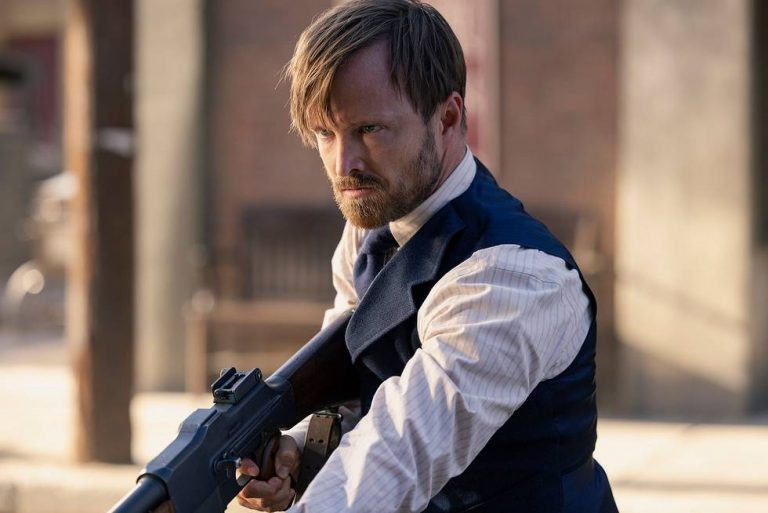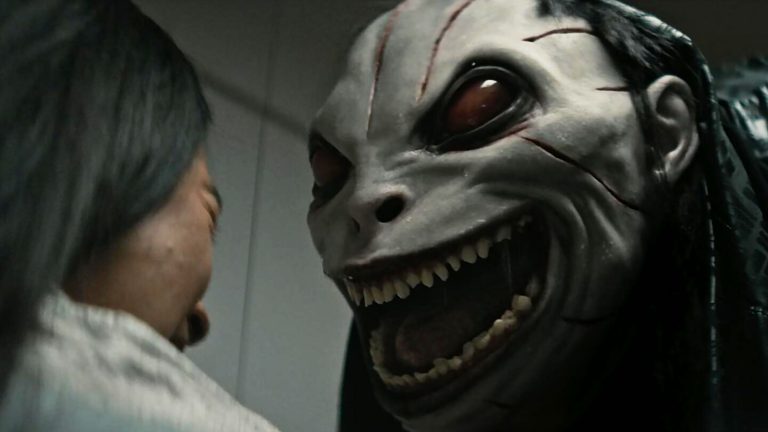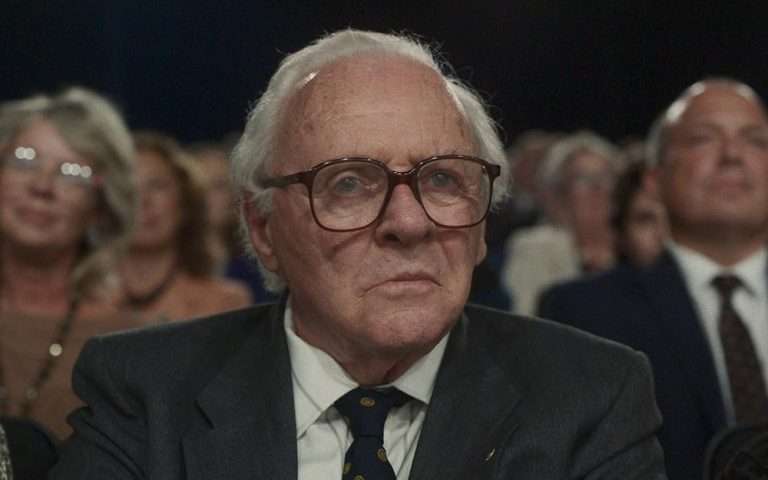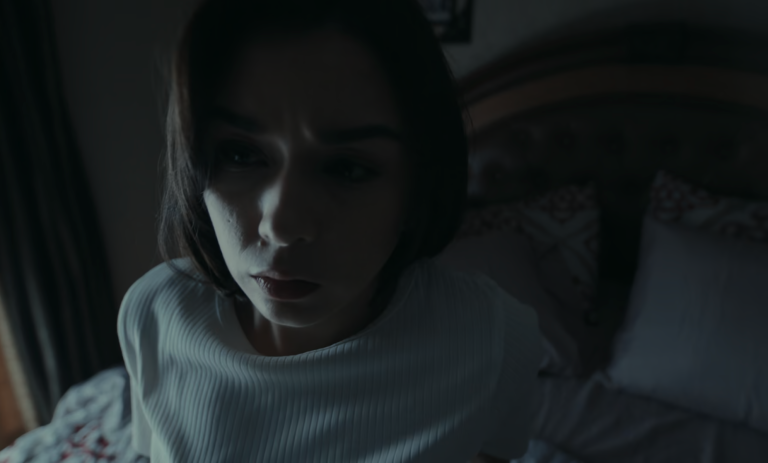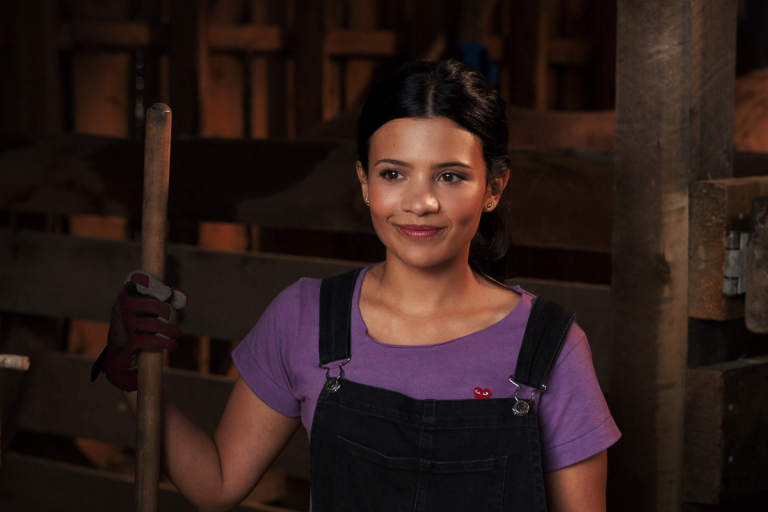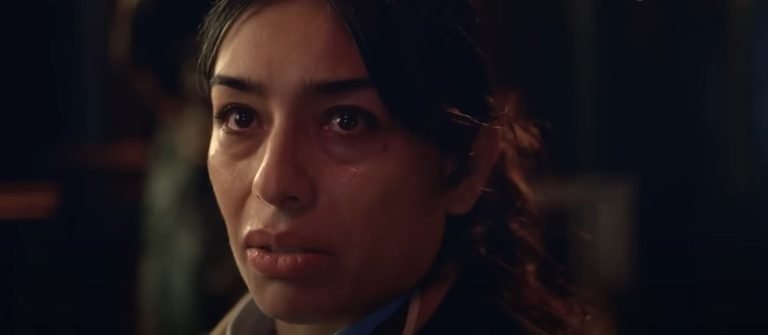Dreams are wispy, ethereal clouds waiting to bring rain to an arid, lifeless summer of impoverished ideas. But what if they could wield their influence through music? Music, which could lend harmonious, surreal expression to life itself, permanently blurring the lines between thought and action, wish and truth, imagination, and reality. In Damien Chazelle’s ambitiously mounted revision of the classic Hollywood musical, “La La Land” (2016), song and dance sequences cease to remain mere devices employed as little more than embellishments.
Instead, their presence underscores a spontaneous, intangible urge to break free of fetters conforming the mind or the heart to the unforgivingly mundane. The musical veneer, diligently set up to compliment strong characters and a cohesive screenplay, unabashedly refrains from glossing over trepidation, ambivalence, and discontentment, in turn revealing poignant truths about success, failure, and the pendulum of fate in between – swinging with a steady momentum on either side.

With a dazzlingly executed single-take opening sequence involving dancers and numerous cars on a freeway flyover, Chazelle’s film takes tremendous effort to transcreate every aspect of the old-school genre, staunchly fusing his unwavering taste in music with some of the arresting visual urgency carried over from his stellar debut “Whiplash.” The result is a work of art that pays homage to the quintessential song-and-dance film structure and stands on its own as a bittersweet meditation on the irreparable cost of doggedly pursuing one’s ambitions

Mia (Emma Stone) is a struggling actress working part-time in a cafeteria situated in one of the most famous Hollywood studios. Her days go by serving coffee to movie stars and getting rejected at auditions for flimsy, almost facile reasons. Rudderless, her attempts at clinging to the inner circle of struggling or half-famous artists are anything but fruitful. Almost as an epiphany, she encounters the underrated, unacknowledged pianist Sebastian (Ryan Gosling), barely making ends meet by playing in a modest club.
Considering its ignominy to stray away from unblemished, unadulterated Jazz, Sebastian longs to have a club of his own where he can resurrect the dying genre and help salvage it from sinking into oblivion. He plays a particularly melancholic solo as an escape from banal Christmas melodies, and it miraculously touches Mia. The tune, a recurring motif throughout the film signifying a trove of memories and emotions, tugs at Mia’s heartstrings, and she falls in love with him.
They share a passion for Old Hollywood, and their companionship helps engender shared dreams, lending their lives a distinct purpose. It fosters an optimism that expansively lingers in the air of Los Angeles – connoting shades of coyness, humility, and youthful joy. But is mutual admiration enough to sow the seeds of a lasting relationship where the primary object of fulfillment can only be love? Do their dreams have their rightful place among the few that are fulfilled? Will ascension to a pedestal of success forever rob them of naiveté and spontaneity? “La La Land” imbibes the pulse of ardent, unbounded imagination by exploring detailed contours of human emotions while approaching these questions and other familiar conflicts – manifesting their mood, atmosphere, and thematic heft – through music.

With a nuanced, heartfelt performance by Emma Stone serving as the film’s anchor, Chazelle weaves a counter-narrative of pop musical numbers and instrumental solos around her character, which are by turn celebratory, mournful, bittersweet, and solemn in nature. Stone vitalizes every strand of emotion Mia’s decisions and conflicts give rise to. The internal breakdowns resulting from failure are laced with a delicate undercurrent of grief and loss, just enough to realize an intimate, highly moving portrait of a young woman who cannot bear to see her dreams crumble at the altar of fate.
Her resilience, spontaneity, and sense of wonderment subtly resonate in every frame – be it song, dialog, or an impromptu tap of the feet. Justin Herwitz’s compositions accentuate and underscore every situation and bind moments in a seamless manner. City Of Stars, shot in entrancingly soft light, featured as a romantic duet between the stellar leads, singularly serenades by ribboning a heartfelt melody with profound reflections of a self-effacing artist who could be anybody among the millions landing up in LA seeking that one big shot to fame. Ryan Gosling as Sebastian lends the usual flair as a credible pianist with an evenly pitched voice, bringing to life a complex transformation from dogmatic protectionist to willful opportunist.
Shot in Cinemascope, a defining characteristic of the 50s, the visual aesthetics are deftly handled by Linus Sandgren. Despite the film being set in the contemporary world, incorporating single takes for complex song and dance sequences with direct close-ups and fluid mid-shots while retaining the essence of the past speaks of an assiduous urge to prescribe to a coherent, formidable vision. His presence is particularly felt when a diffused fluorescent palette evokes mood and contrasts character thoughts with space. At the same time, the editor, Tom Cross, deftly collaborates with the director to pace the film evenly, retain continuity, balance song length with dialog, and propel the plot to its logical conclusion without delay.
With inspiration from “The Umbrellas of Cherbourg” (1964) and “Singin’ In The Rain” (1952), “La La Land” aspires to recreate an enchanting era long eclipsed by blunt, angry social commentary (a la New Hollywood of the 70s) or the modern blockbuster (late 90s to now). Does the film then manage to proffer only nostalgia and sugary emotional delight for the romantically starved? If one looks beyond the insinuated old-world aura, sublime truths act as edifices on which the film stands.
These strong foundations aid Mia and Sebastian in building their dream castles and consistently reimagining them through winter, spring, summer, or fall. Their affecting journey denotes that whether one is a lover of Jazz or not, when paths cross, and intentions don’t, when dreams are fulfilled yet potential moments are lost to unsung songs and untouched instruments, one solitary piece of music can lead to reminiscences with hindsight bias, which are as wishful as they are nostalgic, getting a shiny golden trumpet to spring to life and play its heart out. No matter how far the paths bend, their shrill sound will always be heard when intersecting.

